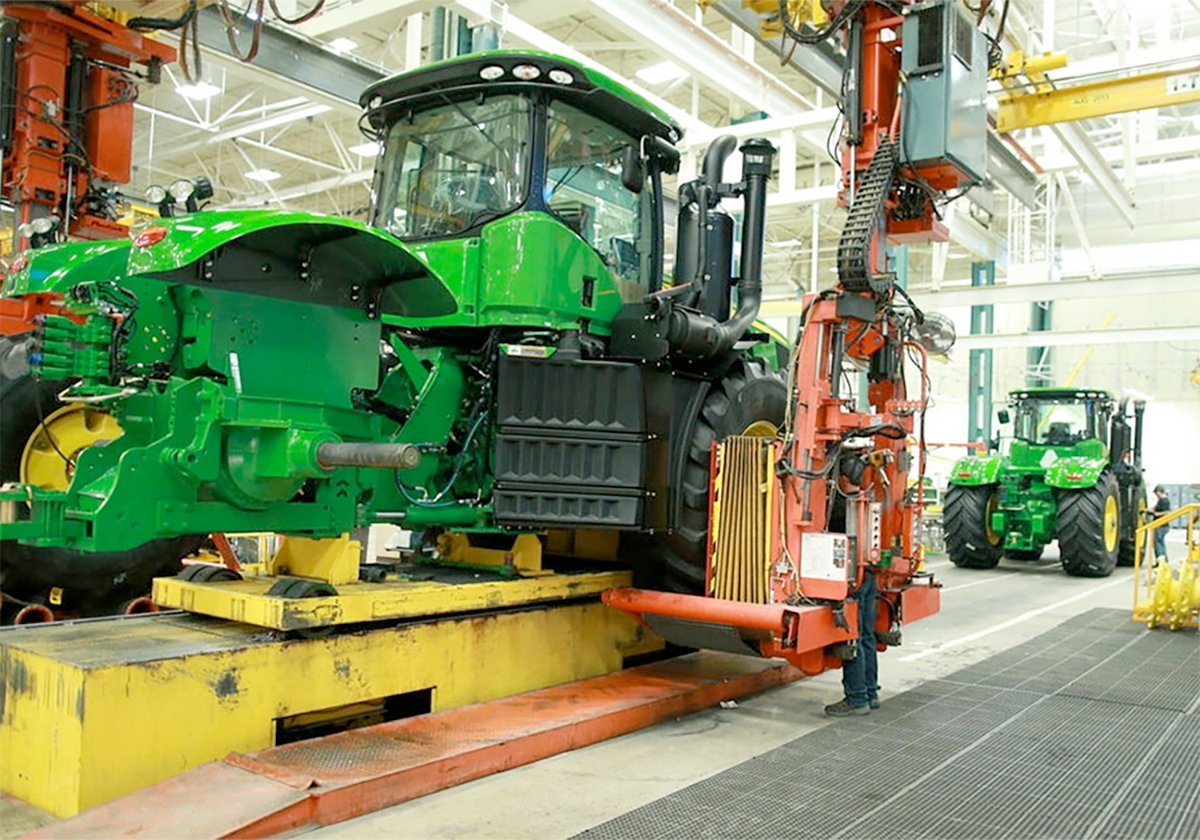In a shock to no-one, grain prices were down a bunch in yesterday’s Canadian Wheat Board Pool Return Outlook.
1CWRS 13.5 fell 65 cents per bushel from the February PRO to $8.93 per bushel. Old crop fell 25 cents to $9.36.
The PRO is always a lagging indicator of what has gone on in the markets in the past month, and we’ve just lived through an ugly month. Fortunately the patient has been stabilized and there’s been a bit of a recovery, but prices are well below points they reached earlier this year.
Read Also

Trump’s trade policies take their toll on Canadian producers
U.S. trade policy as dictated by president Donald Trump is hurting Canadian farmers in a multitude of ways.
In light of the recent dismal situation, I thought I would bring you this cheery outlook in order to make you weekend happier. Barclays Capital has just completed surveying its clients about their attitudes towards investing in commodities this year, and their views on both commodities in general and grains in particular show that investors have not written off the bull market.
Here’s interesting point #1 to me:
“The latest Barclays Capital survey of commodity investor attitudes has been undertaken at a time of almost unprecedented geopolitical turmoil in the MENA region, high levels of macroeconomic uncertainty and extremely volatile energy markets as a result of the Japanese earthquake. (Ed’s bolding here:) It shows that despite difficult market conditions, historically high price levels and even after two years of exceptionally strong demand for commodity investments, enthusiasm for the asset class remains firm.”
Barclays expects an overwhelming majority of investors to maintain or increase their commodity exposure in the next three years, and says most need to increase their commodity investments in order to meet their own allocation goals.
That’s nothing but good news for keeping commodity demand from collapsing due to investor panic, and demonstrates that the recent weakness is not a planned permanent retreat of speculative money. The “funds” get blamed for everything in the markets, but this survey suggests it isn’t the speculative money that is moving the market – at least not on purpose.
That’s quite amazing, isn’t it, that the Japanese devastation and a continued viral rebellion in the Arab world aren’t enough to shake investor confidence in commodities? That, by itself, is good for crop prices, because most of the present high level of crop prices is explained by the surge in oil, metals and gold. As long as those commodities are riding high, the ags will go along for a lot of the ride.
There’s good news as well from Barclays about investor attitudes to investing in the grains.
Grains are number two on the Top 14 list of commodities that investors expect to perform best in 2011, and number eight on the list of commodities investors expect to do worst. Another way of saying that is that 18 percent of investors told Barclays that grains would be this year’s best commodity performer, while only four percent expected grains to do the worst. That makes crude oil the bullishest, grains the second most bullish, and gold and natural gas the most bearish. (Interestingly, natural gas was thought by 24 percent of investors to be this year’s likely worst performer, while 17 percent thought it would be the best. That makes natural gas top three of both best and worst performing commodities in the survey.)
Sentiment can change rapidly, like a bungee snapping back, so this doesn’t mean investors will stay bullish grains and keep pouring money into the market. And high sentiment readings are often used by contrarian investors to highlight assets to run away from, because high expectations can lead to bewildering shocks when reality is less supportive.
But the Barclays survey suggests that there is still strong demand for the grains and crops out there, and the investor worm hasn’t turned against the grains – regardless of the past few yucky weeks.















